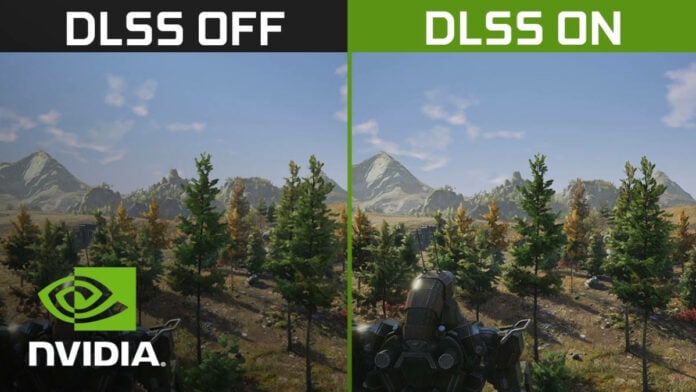DLSS 3.1.13 SDK released yesterday, and while the latest Game Ready Driver and subsequent hotfix provides DLSS 3 support to everyone’s favourite dungeon crawler, Diablo IV, the SDK introduces DLAA enhancements, bug fixes and performance improvements to Nvidia’s temporal upscaling solution.
Essentially, DLAA is DLSS without the performance boosting temporal upscaling techniques. It is intended for 1:1 resolution scaling, and primarily used to refine visual fidelity through sharpening. As such, alongside the usual Quality, Balance, Performance, and Ultra Performance pre sets in DLSS, there is now a DLAA mode or ‘Performance Quality’ mode available for developers to implement in their games.
On the other side of the spectrum, the new update also provides the ability to automatically update DLSS, keeping it, well, up to date and in tune with the latest improvements.
Also, the latest SDK aims to minimise system latency through Nvidia Reflex, a topic we’ve covered before, as well as introduces a litany of bug fixes, and stability improvements, as well as performance improvements and optimisations.
Finally, developers have the opportunity to choose between different pre-sets available to fine tune the various DLSS variables. Whether it is to prioritise quality over performance and vice versa. Though it has been noted that the introduction of presets is subject to change with each revision and is more of a general guideline for experimentation.
The preset list goes as follows:
- Preset A: It is intended for Performance, Balanced, or Quality modes. Including an older alternate variant intended to combat ghosting for elements with missing inputs.
- Preset B: Similar to A but designed for Ultra Performance mode.
- Preset C: Designed for Performance, Balanced, or Quality modes. It is similar to A, except it prioritizes current frame information, making it ideal for fast-paced games.
- Preset D: Intended for Performance, Balanced, or Quality modes, promoting greater image stability.
- Preset E: Unused.
- Preset F: Intended for Ultra Performance and DLAA modes.
- Preset G: Unused.
Fancy a gander? the latest version is available here, via Github.

